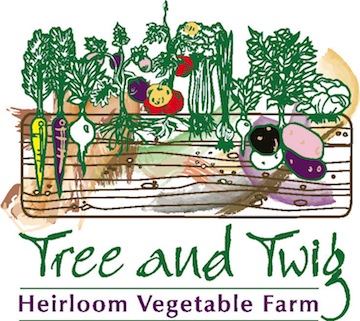SPINACH
Culture-Direct seed in the garden as early as possible. Appreciates cool weather and rich soil. Will overwinter with some protection, so you can be the first on your block to have fresh spring spinach! 250 seeds.
- America
Long-standing compact Bloomsdale type, 8" tall plants, thick green savoyed leaves, slow growing, slow bolting, heat and drought resistant. Fine quality, suited for spring sowing in long day areas. Fresh use, or can and freeze. AAS in 1952. 43-55 days. - Bloomsdale
This is the standard for spinaches in my garden and is overwintering beautifully in my cool hoop house as I write this. Later than I should be writing this, I may add, because of the continual harvest! Not complaining. This was introduced by the D. Landreth Seed Co. in 1826 and is vigorous with dark green, savoyed leaves. Quick growing, high yields and good for all seasons. 39-60 days. - New Zealand Spinach (Tetragonia expansa)
Not a true spinach but similar in flavor and usage. Large, strong, spreading plants branch freely. Small, brittle, fleshy green leaves, great for fresh summer greens. Thrives in hot weather, will not bolt or get bitter like true spinach. Best when 4" tips are picked all summer and fall. New Zealand native brought to Europe by Captain Cook in the 1770s. Good source of vitamin C. Seeds are slow to germinate, so be patient. 430 seeds per ounce. 50-70 days Packet 50 seeds. - Red Malabar Spinach (Basella rubra)
Heat-loving perennial from India. Red leaf, veins and stems. Free branching climber. Cut sprouts to eat as greens, re-grows rapidly. 50-70 days. Packet 100 seeds. - Strawberry Spinach (Chenopodium capitatum)
Also referred to as Strawberry Blite. Grown in Europe for centuries. Very showy, compact 16-18" plants are grown for their nutritious triangular-toothed leaves and tender shoots. Used in salads or steamed. Shiny red mulberry-like fruits are edible and can be added to salads or used for dying. Hard to find. Self-seeding annual.
